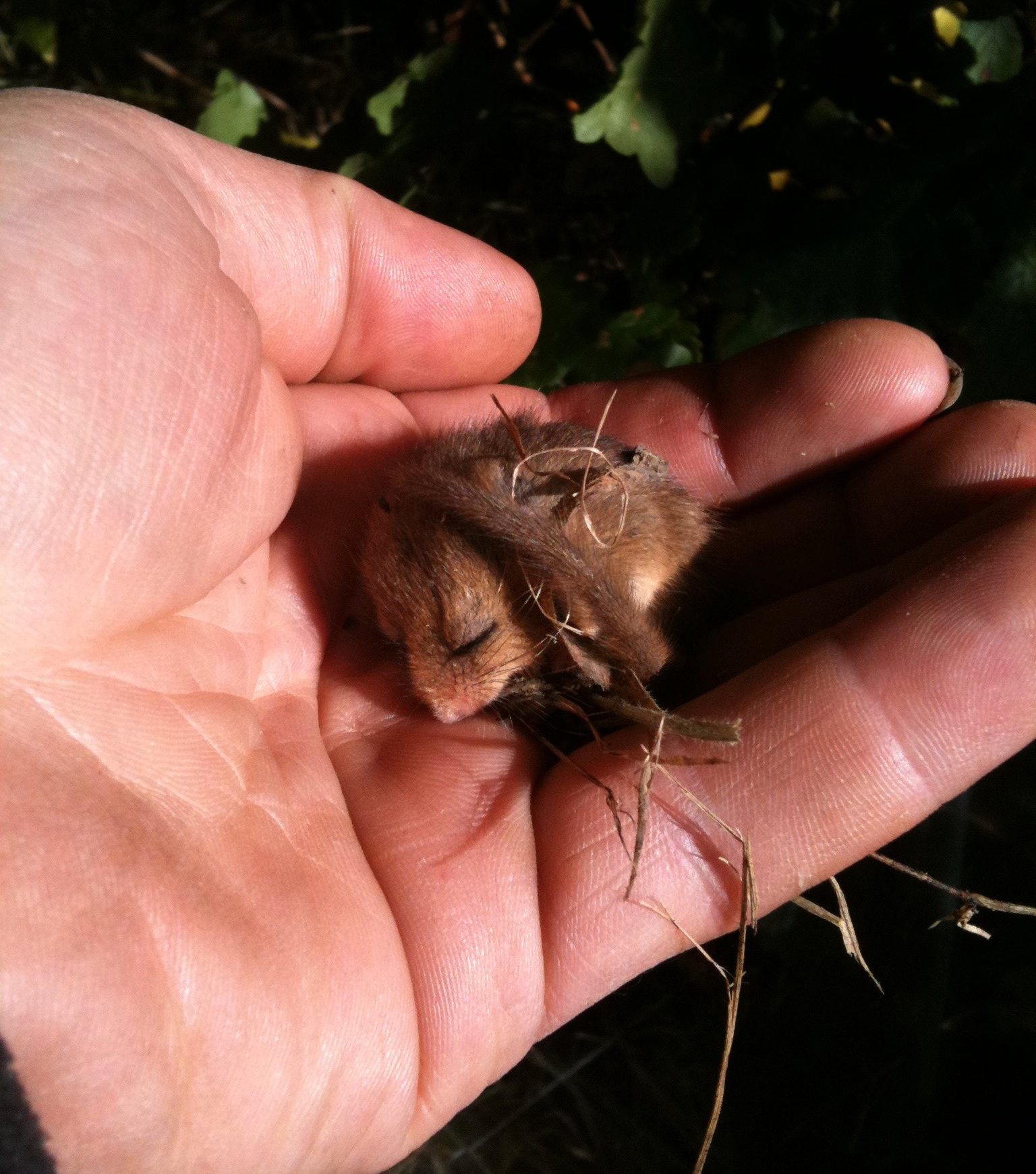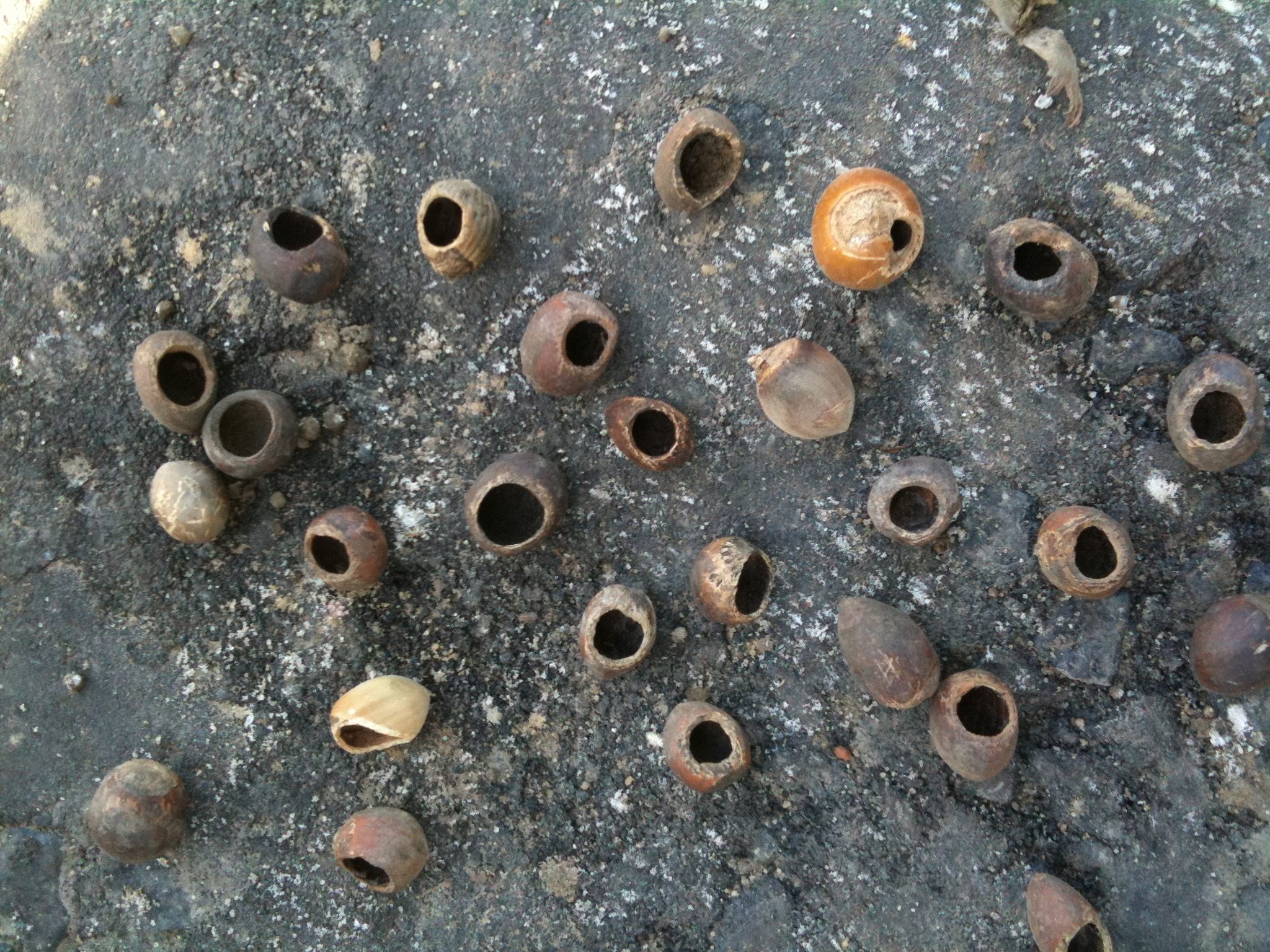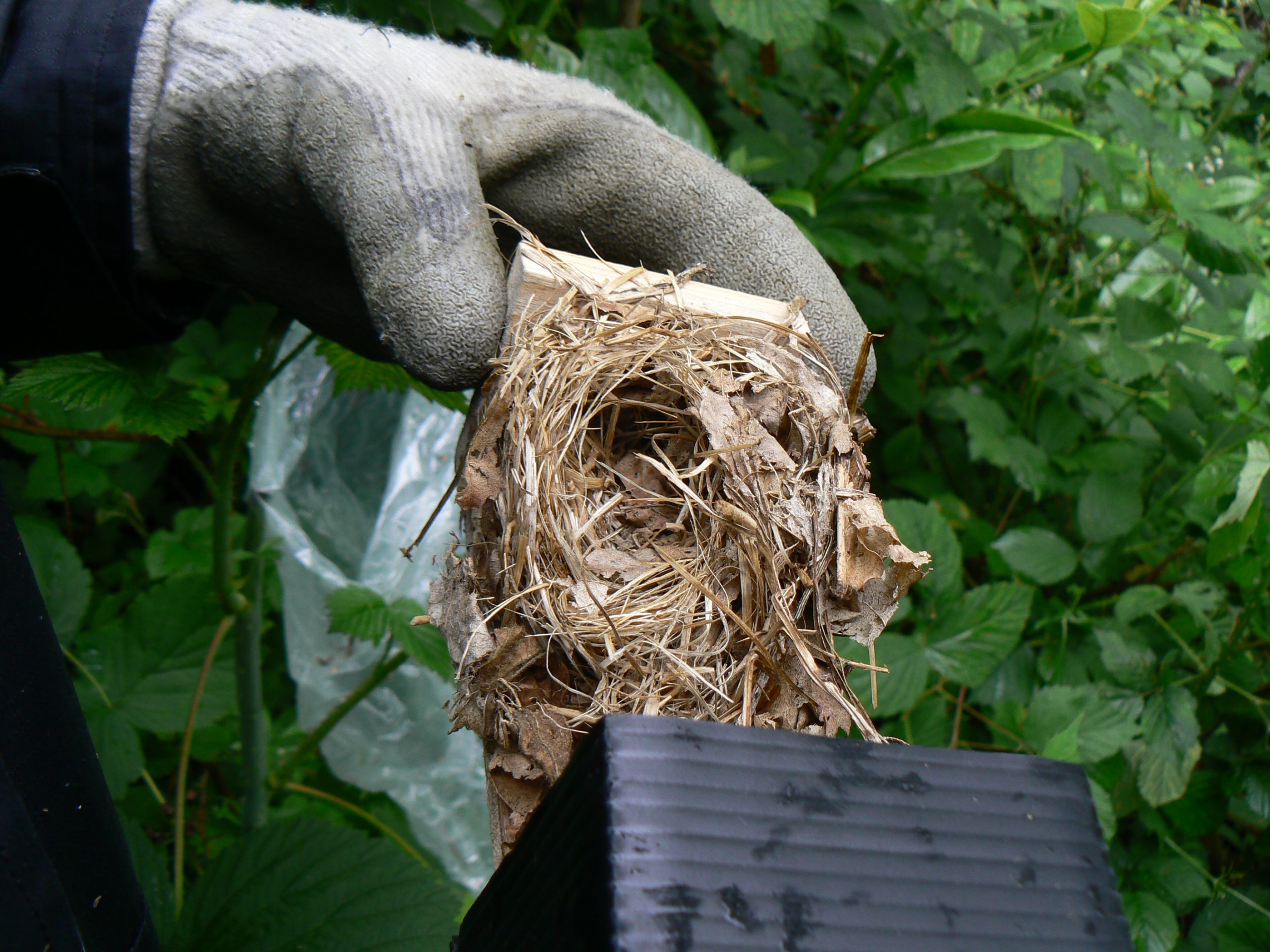In a nutshell.…
You’ll probably have never seen a dormouse in real life. As nocturnal creatures, they sleep during the day and forage in trees and hedgerows for nuts, seeds and berries at night.
They hibernate during the winter, too – and are known to snore!
Their population has declined over the years, largely due to urbanisation and habitat destruction.
In the interest of protecting biodiversity, they’re legally protected in the UK. You could get into trouble if your project adversely affects them.
So if it looks like they could be on or around your site, you should get a dormouse survey done – ideally as early in the planning process as possible. That way, you know what you’re dealing with, and can figure out how to work around them.
We can help you with this. Just click the button above.
Want to know more about how it all works? Read on.
Why do you need dormouse surveys?
Dormouse surveys establish whether dormice are present on your site or within the Zone of Influence (ZoI).
Dormice utilise habitats like hedgerows and woodland. You’ll need a survey if:
- the Preliminary Ecological Appraisal (PEA) identifies suitable habitats on your site
- evidence (like gnawed hazelnut shells) is found on site
- it’s known your development will impact suitable dormouse habitat
The survey will either confirm their absence or, if not, outline mitigation and compensation requirements, and support your application for a European Protected Species Licence (EPSL) to permit the development.
We recommend getting dormouse surveys started as early in the planning process as possible. While they can be done any time between April and November, their duration depends on various factors like the scale of available habitat and the month in which the survey is started.
What does the survey involve?
Surveying for dormice requires a survey licence, which several members of our team possess. The process is as follows:
- Survey set-up – We’ll visit your site to set up dormouse tubes in all suitable habitats. Fifty tubes are usually sufficient. On bigger sites, we may bring more for adequate coverage.
- Survey visits – After a few weeks (enough time for on-site dormice to have found the tubes), a licensed ecologist will visit your site. They’ll check each tube for dormice or evidence of their presence, such as nests. Several survey visits will be needed to confirm absence – but once their presence is confirmed, the survey can cease. That being said, we recommend completing the survey in its entirety to understand how dormice use your site.
- Final survey – To prove sufficient survey effort, you’ll need a survey score of 20. So long as dormouse tubes are in place, each month of the survey season is worth a different number of points depending on the likelihood of finding dormice. Before we can finish the survey and prove the absence of dormice, we need to prove the tubes have been in-situ for enough time. When the survey’s complete, a licenced surveyor will remove all tubes from your site.
- Reporting – We’ll write up the survey results in a Phase 2 report, which’ll be suitable for submission alongside your planning application. If there are dormice on your site, our report will detail the mitigation and compensation measures required to avoid impacts. We’ll also let you know if you need a mitigation licence (EPSL) to ensure your project complies with all dormice-related legislation and policies.


